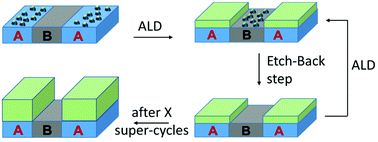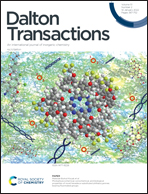Area selective deposition using alternate deposition and etch super-cycle strategies
Abstract
Area selective deposition (ASD) is a bottom-up process leading to a uniform deposition in only desired areas of a patterned substrate, avoiding the use of photolithography for patterning. However, whatever the strategy used to develop selective deposition by atomic layer deposition, there always comes a time when selectivity becomes defective and growth in undesired substrate areas must be corrected. This leads to the design of ASD by super-cycle alternating deposition and etch. Recent examples from the literature show a great diversity in the design of the etching step and indicate that the optimization of selective deposition by super-cycles is only possible through a careful optimization of the etching step parameters (chemistry, frequency, duration, etc.). In this paper, we discuss how to optimize this step and we show that different approaches can be developed to optimize the overall ASD process throughput, while simultaneously limiting process drift and contamination. We also show that complementary selective properties can prove a valuable leverage enabling ASD processes based on super-cycles, such as structure selective deposition, whereby a difference in thin film morphology in growth and non-growth areas can be smartly taken advantage of during the etching step.

- This article is part of the themed collections: 2021 Frontier and Perspective articles and Spotlight Collection: Atomic and Molecular Layer Deposition


 Please wait while we load your content...
Please wait while we load your content...